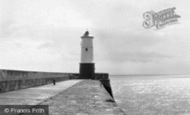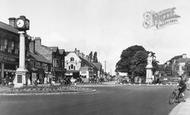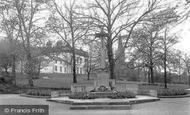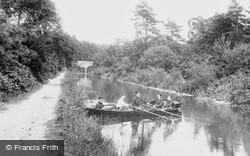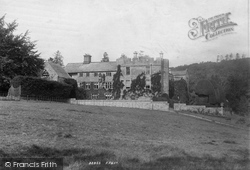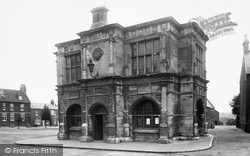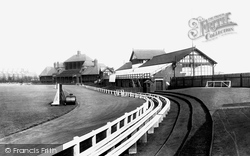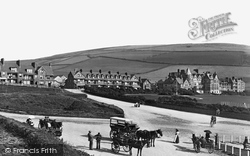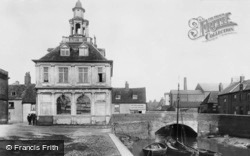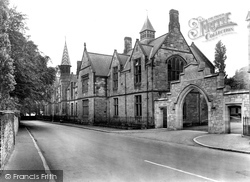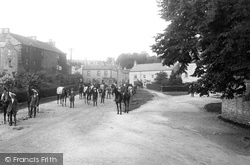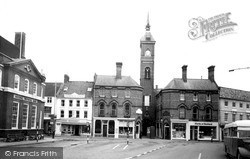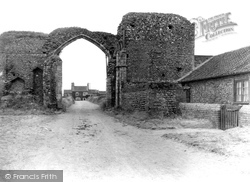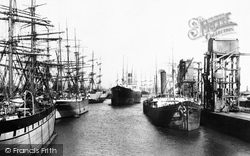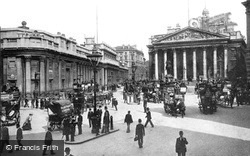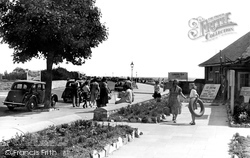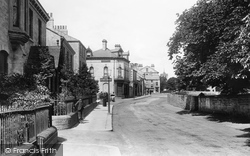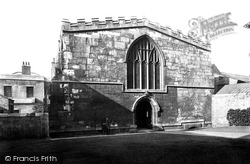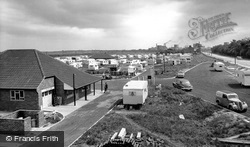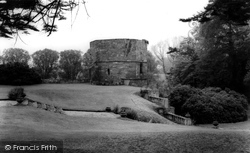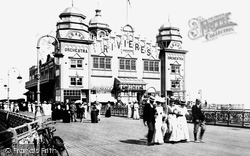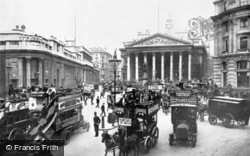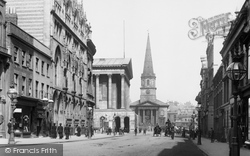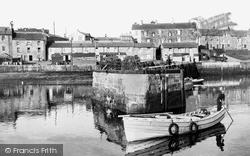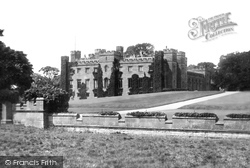Places
1 places found.
Those places high-lighted have photos. All locations may have maps, books and memories.
Photos
Sorry, no photos were found that related to your search.
Maps
22 maps found.
Books
1 books found. Showing results 241 to 1.
Memories
421 memories found. Showing results 101 to 110.
Good Old Stan
I was to live in Blackpool for a short while and would work on a farm; I lived with my sister and brother in law in Delphine Avenue. Lawrence my brother in law leant me his Honda fifty motorbike, I pulled into a petrol station ...Read more
A memory of Blackpool in 1970 by
You Are Codding
A memory and what a memory it was! There were eleven of us lads who had booked a fishing trip on one of the boats that went out from the harbour in Berwick. It was early in the day when we went out for a five hour ...Read more
A memory of Berwick-upon-Tweed in 2000 by
The Marque
Roughly in 1932 there was a religious group which was called the Assemblies Of God Pentecostal Church. Albeit they had been going on since 1900-14 they were a relatively unknown church - as of today they are unknown to many of us even ...Read more
A memory of Sheffield in 1930 by
The Halcyon 1950's
I lived with my family in Connaught Gardens from being born in 1949 to late 1960 when we moved to Shiremoor. At the end of our street was an overgrown, rubble strewn wasteland which we called 'The Croft'. A natural childrens ...Read more
A memory of Forest Hall in 1950 by
Born & Bred In Aberfan
I was born in 1937 and with the outbreak of WWII lived with my grandparents, Ollie and Maggi Owen, at 29 Cottrell Street, Aberfan, while my father served in the army. My parents were Roy and Ada Taylor, and after the war my ...Read more
A memory of Aberfan in 1950 by
Tooting From 1974 2009
I have very fond memories of Tooting. My parents and I moved to Fairlight Road in Tooting in 1974. My first memory of that is the smell of paint, and sausage rolls bought from the bakery shop just round the corner; the paint ...Read more
A memory of Tooting in 1974 by
What An Education!
It's pity that there are no images of Cannock's schools on this archive. Cannock actually had a number of schools long before many other towns. Primary education for all didn't come into effect until the Education Act of 1870 made it ...Read more
A memory of Cannock by
The Old Wath Pavillion Club
Does anyone recall the old Wath Pavillion Club? I have so many happy memorries of my teens visiting 'the pav', as it was known. I lived in Denaby but visited the pav one weekend with a friend, it was there I ...Read more
A memory of Wath Upon Dearne in 1987 by
My Father Bob Barnard Lived In Overton As A Boy. His Words Are Below:
I was born on 29th November 1928, and lived in Southsea in 1939, and during August my parents, little sister, and I went for a short holiday by coach to stay with an Aunt and ...Read more
A memory of Overton in 1940
A Promise To Dad
Many years ago, I promised to buy Dad a drink in the "Labour In Vain" public house in Oldswinford, a hostelry that the family has talked about for generations. I had driven past it once before in the 1980s but at that time ...Read more
A memory of Old Swinford in 1994 by
Captions
469 captions found. Showing results 241 to 264.
Restoration work began in 1973, and the canal reopened in 1991. The area was an Army training ground. Boating cost one shilling (5 pence) per hour.
It began as a square castellated pele tower to which was added a hall range. It was further extended and modernised in the 19th century.
Work began in 1577, but the building remained unfinished until 1895.
Test cricket began at?Headingley in 1899.
During the 17th century, one of the country's first paper mills was built in the village, a far cry from Euxton's industrial role in the 20th century, when a munitions factory began production here
It was only in the late Victorian era when builders began to throw up lines of villas overlooking the sea that Woolacombe's attractions were discovered.
It began life as the Merchants' Exchange, with an open-arched arcade on the ground floor. This was blocked in 1718 when the building was converted for use as a Customs House.
Quite early in the 19th century the University of Durham began offering places to those without means. Hatfield College opened in 1846.
Monks from nearby Jervaulx Abbey began the tradition of horse breeding in this dale.
Long established locally, Pocklingtons the bakers began in nearby Withern in 1924, and have been here since 1996.
The village purchased it in 1223 and immediately miraculous cures began to happen, with dead people being restored to life. The same year Henry III visited the priory and granted the village a fair.
At the time this photograph was taken, sailing vessels were more numerous than steamers; but a few years later, seeing the advantages that steam gave over sail, shipowners began to dispose of sailing ships
In 1838 there was a grat conflagration which began in the rooms of Lloyd's coffee-house. Thousands of tons of masonry fell and the old Royal Exhange was destroyed.
The Harbour View began its existence as a sea water bath emporium, and was latterly the clubhouse for the Exmouth Yacht Club. It has been a café for well over half a century.
The word Spa was added to the town's name in 1840 when the Penny Post began.
Repairs began, but when in 1942 they were almost complete, the hall was bombed and very badly damaged. In the 1950s the hall was rebuilt as near to the original design as possible.
As caravanning grew in popularity during the 1950s, many small sites began to compete with the already established holiday camps, providing facilities, shops and often entertainment in a purpose built
In 1695 Bishop Lloyd began rebuilding the castle, and it continued as a residence until the death of Bishop Lonsdale in 1867.
Restoration of the by then derelict pier began in 1996. The elegance of the pier was reflected in the broad streets of the town, which were built to resemble fine boulevards.
With the coming of the railways and international currency dealings, the City began to prosper as it never had before, with small investors flocking to involve themselves in the heady world of stocks and
Flemish weavers began to arrive in the town in the 13th century, at about the time that Kidderminster became a borough.
institute, which offered a range of evening classes for workers, and was famed for its penny lectures, was one of the earlier projects linked with a major redevelopment of the town centre that began
Seahouses managed to hang on to its smaller sailing fishing boats until the 1920s, when motor-driven drifters began to be used.
Work began in 1803 and finished in 1808.
Places (1)
Photos (0)
Memories (421)
Books (1)
Maps (22)

